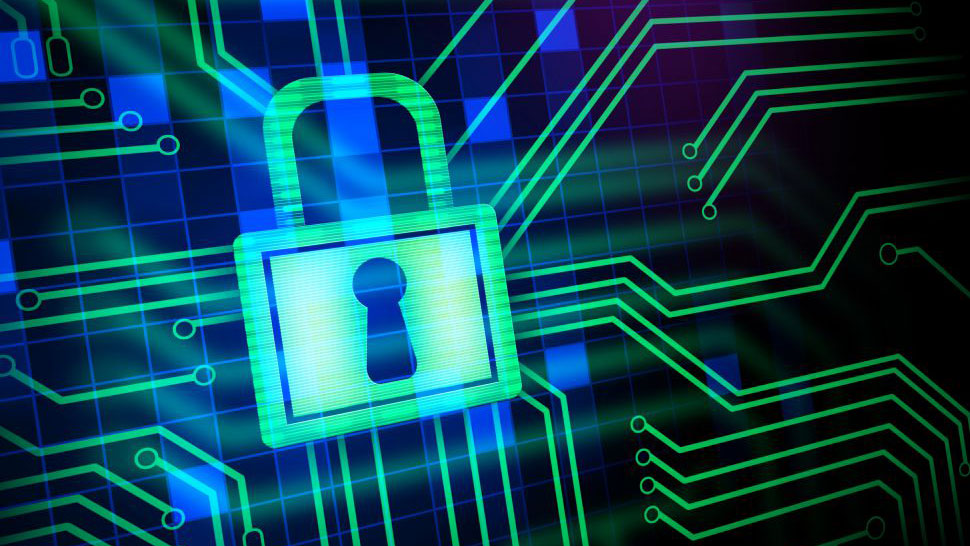cybersecurity trends
2025 Cybersecurity Trends: Expert Analysis & Strategic Guidance
Stay ahead with authoritative insights on the evolving cybersecurity landscape, including GenAI, ransomware, 5G risks, and practical implementation strategies.
Market Overview
The cybersecurity landscape in 2025 is defined by rapid technological evolution, increased threat sophistication, and a persistent talent shortage. According to Gartner, the top trends this year are driven by the rise of generative AI (GenAI), digital decentralization, and complex supply chain interdependencies. Over 30,000 vulnerabilities were disclosed in the past year—a 17% increase—highlighting the expanding attack surface and the urgent need for adaptive security strategies. Ransomware-as-a-Service (RaaS) continues to proliferate, with the average cost of recovery from a ransomware attack now reaching USD 2.73 million. The expansion of 5G and edge computing introduces new risks, especially as critical infrastructure and IoT devices become more interconnected. Security and risk management leaders are under pressure to enable digital transformation while embedding resilience and compliance in a fast-changing regulatory environment.[1][3]
Technical Analysis
GenAI is fundamentally reshaping data security programs. Traditional security investments focused on structured data, but the explosion of unstructured data—text, images, and video—demands new protection models. Organizations are reorienting their strategies to secure large language model (LLM) training data, deployment, and inference processes. RaaS toolkits have lowered the barrier to entry for cybercriminals, enabling less-skilled actors to launch sophisticated attacks. In the 5G era, edge devices and distributed nodes require firmware-level security, robust identity management, and continuous monitoring. Hybrid work models amplify insider threats, necessitating advanced behavioral analytics and data loss prevention (DLP) solutions. Security teams are increasingly leveraging AI-driven automation for real-time threat detection, incident response, and system recovery, but must balance these advances with the risk of adversarial AI and model poisoning.[1][3][4]
Competitive Landscape
The cybersecurity solutions market is highly competitive, with established vendors and innovative startups racing to address emerging threats. Leaders differentiate through AI-powered threat intelligence, zero trust architectures, and integrated security platforms. While legacy solutions may struggle to adapt to decentralized environments and unstructured data, next-generation platforms offer modularity and cloud-native capabilities. However, the talent shortage remains a critical bottleneck, with organizations competing for skilled professionals certified in frameworks such as CISSP, CISM, and ISO/IEC 27001. Regulatory compliance—such as GDPR, CCPA, and evolving sector-specific mandates—further shapes vendor selection and deployment strategies.[1][3]
Implementation Insights
Real-world deployments reveal several practical challenges. Integrating GenAI securely requires robust data governance, model validation, and continuous monitoring for drift or adversarial manipulation. Ransomware resilience hinges on maintaining offline, immutable backups and segmenting networks to contain lateral movement. 5G and edge deployments demand end-to-end encryption, secure firmware updates, and device identity attestation. For hybrid workforces, organizations must implement granular access controls, monitor cloud collaboration tools, and foster a security-aware culture. Best practices include regular red teaming, automated patch management, and leveraging managed detection and response (MDR) services to augment in-house capabilities. Mobile-first and responsive design are essential for security portals and incident dashboards, ensuring accessibility and rapid response across devices.[2][3][4]
Expert Recommendations
Security leaders should prioritize adaptive, risk-based approaches that align with business objectives. Invest in AI-driven security operations, but validate models against adversarial threats. Shift data protection strategies to encompass unstructured and distributed data, especially in GenAI and edge environments. Build ransomware resilience through layered defenses, regular backup testing, and incident response playbooks. Address the talent gap by upskilling teams, leveraging automation, and partnering with managed service providers. Stay ahead of regulatory changes and embed compliance into security workflows. Looking forward, expect continued convergence of IT and OT security, increased regulatory scrutiny, and a growing emphasis on supply chain risk management. Proactive, continuous improvement is essential to maintain resilience in the face of evolving threats.[1][3]
Recent Articles
Sort Options:

A Cybersecurity Primer For Businesses In 2025
Businesses must implement essential strategies and tactics to protect themselves from the rising tide of cyber threats. The publication emphasizes the importance of proactive measures in ensuring cybersecurity and maintaining operational integrity in today's digital landscape.

Securing the future: why cybersecurity must be secure by design – and by default
The UK Public Accounts Committee emphasizes the urgent need for a proactive cybersecurity approach, advocating for a Secure by Design strategy to address evolving threats and legacy system vulnerabilities, while highlighting the importance of continuous skill development and collaboration across sectors.